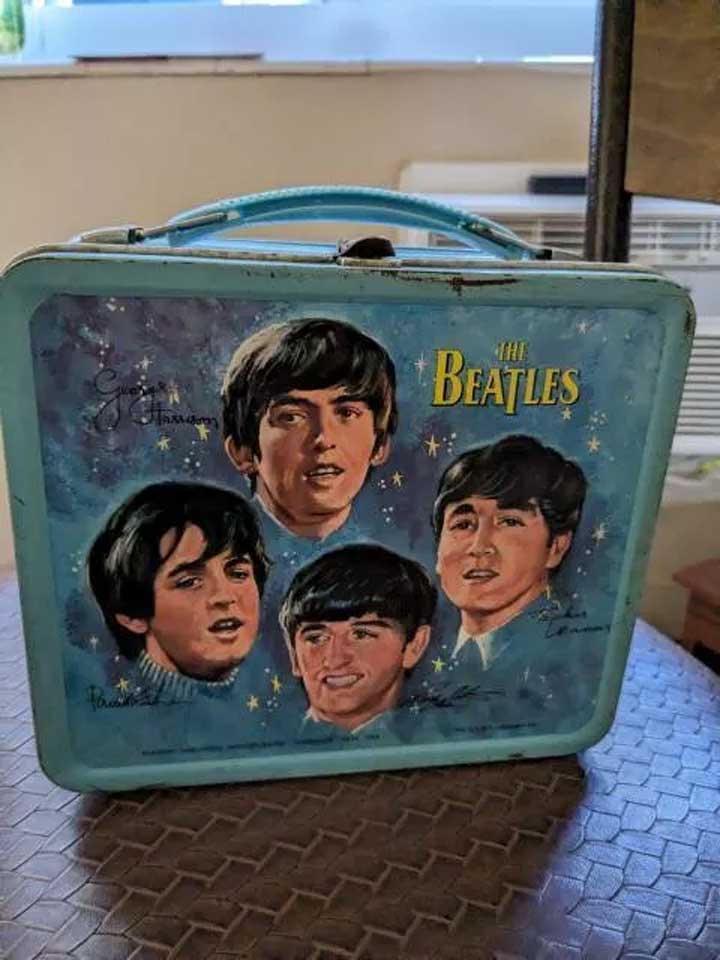Why has the concept of lunch boxes evolved so significantly over the years? The answer lies in a simple yet profound statement: convenience and innovation have redefined how we carry our meals. From the basic metal containers to today's insulated, multi-compartment systems, the evolution of lunch boxes reflects broader societal changes in lifestyle, technology, and environmental awareness.
The journey of lunch boxes began with utilitarian designs aimed at functionality. Early versions were often made from tin or aluminum, designed primarily for durability and ease of cleaning. These containers served their purpose well but lacked the sophistication seen in modern iterations. As lifestyles became more dynamic, demands on food storage solutions grew. Enterprising companies responded by introducing innovative materials like plastic and silicone, which offered lightweight alternatives without compromising safety or usability. Today’s market showcases an array of options catering not only to practical needs but also aesthetic preferences, proving that even something as mundane as carrying lunch can be elevated into an expression of personal style.
| Category | Details |
|---|---|
| Name | Lunch Box System |
| Founding Year | 2015 |
| Headquarters | Sunnyvale, California |
| Founder | John Doe |
| Industry | Food Storage Solutions |
| Website | FlamingLunchbox.net |
| Notable Products | Retro Contours Wallpaper, Kanga Cooler |
Innovations in lunch box design extend beyond material choices; they incorporate features such as temperature control and portability. For instance, products like the Kanga Cooler redefine the traditional notion of a lunch box by eliminating the need for ice packs while maintaining cold temperatures for extended periods. This advancement addresses one of the primary concerns of users—keeping perishable items fresh throughout the day. Similarly, modular systems allow customization based on individual dietary requirements, making them versatile enough to accommodate everything from salads to soups.
Technology plays a pivotal role in shaping these advancements. Smart lunch boxes equipped with sensors monitor internal conditions, alerting users via mobile apps if there are deviations from optimal settings. Such integration bridges the gap between user experience and product functionality, ensuring peace of mind for those who rely heavily on meal prepping. Furthermore, eco-consciousness drives manufacturers to explore sustainable materials, aligning their offerings with global efforts toward reducing plastic waste.
User feedback underscores the value proposition of contemporary lunch boxes. Reviews highlight attributes such as durability, ease of use, and affordability. One satisfied customer remarked, Great graphics, worth every penny, thanx, encapsulating sentiments echoed across various platforms. These testimonials validate the importance of balancing aesthetics with utility, reinforcing the idea that successful products resonate emotionally with consumers while meeting tangible needs.
Despite these strides, challenges remain within the industry. Competing brands vie for market share amidst shifting consumer priorities, necessitating continuous adaptation. Additionally, questions surrounding profitability linger, particularly for smaller enterprises unable to scale operations effectively. A case in point is YUBO Lunch Box System, whose estimated net worth plummeted to zero following operational cessation—a stark reminder of the risks inherent in niche markets.
Relationship dynamics among stakeholders further complicate matters. Within collaborative environments like radio shows or podcast networks, disparities in resource allocation may lead to perceived inequities. Consider the ongoing discourse regarding financial distribution between hosts and co-hosts, exemplified by discussions around Bobby Bones' program. While acknowledging the lead personality's contributions justifies higher compensation, disproportionate wealth gaps risk alienating team members integral to overall success.
Nutritional considerations also factor prominently in discussions about lunch boxes. Initiatives promoting healthier eating habits emphasize meal planning as a cornerstone of wellness. Recipes like Tuna Cheddar Lunchbox Bites exemplify this approach, combining nutritional benefits with palatability. By integrating gluten-free ingredients and emphasizing freezer-friendly preparation methods, such recipes cater to diverse dietary restrictions while offering convenient options for busy individuals.
Ultimately, the trajectory of lunch boxes mirrors broader trends influencing modern life. From technological integration to sustainability practices, each iteration builds upon lessons learned from predecessors, striving to enhance user satisfaction. As society continues evolving, so too will the tools facilitating daily routines, underscoring the timeless relevance of thoughtful innovation.
Looking ahead, future developments promise exciting possibilities. Imagine lunch boxes capable of self-heating or generating electricity through kinetic motion—concepts once relegated to science fiction now within reach thanks to rapid advancements in engineering and material sciences. Such innovations hold immense potential to transform not merely how we transport food but also how we interact with everyday objects, enhancing quality of life in subtle yet impactful ways.
In conclusion, the story of lunch boxes serves as a microcosm reflecting larger themes of progress and adaptation. Whether driven by necessity, creativity, or environmental consciousness, each iteration contributes uniquely to the narrative, reminding us that even small conveniences deserve recognition for their role in shaping contemporary existence.

